
RoHS Compliance Testing Laboratory
As global environmental regULations become increasingly stringent, directives such as RoHS, REACH, and California Proposition 65 impose strict restrictions on hazardous substances in electrical and electronic products, toys, packaging materials, and more. In China, regulations like the Administrative Measures on the Restriction of the Use of Hazardous Substances in Electrical and Electronic Productsalso set clear requirements. By 2025, the EU REACH SVHC list will include 250 substances, and the RoHS Directive limits 10 categories of substances. Non-compliant products face risks such as recalls, fines, or market bans.
Importance of Compliance testing
1.Regulatory Compliance for Export
Ensures conformity with laws in key markets including the EU, U.S., and China.
2.Risk Mitigation
Prevents product recalls, penalties, and associated financial losses.
3.Enhanced Competitiveness
Environmental certifications improve brand image and consumer trust.
4.Supply Chain Management
Ensures raw materials and components meet environmental standards.
5.Corporate Social Responsibility
REDuces harm to human health and the environment.
Testing Scope and Items
1.Product Categories
Electrical and electronic devices, toys and children's products, packaging, textiles, furniture, automotive parts, plastics, metals, paints, inks.
2.Core Testing Items
ROHS Testing (lead, mercury, cadmium, etc.), reach testing (SVHC substances), BPA testing, phthalates, PAHs, heavy metals, halogens, asbestos.
Standards and Methods
1.International Standards
IEC 62321 series, en 71-3, ISO 8124-3, ASTM F963, CPSC-CH-E1001-09
2.Chinese National Standards
GB/T 26125-2011, GB/T 38291-2019, GB 6675.4-2014, GB 4806.1-2016, GB 24613-2009
Testing Advantages
1.Accreditation
CNAS-accredited laboratory with CMA certification. Mutual recognition under ILAC. Over 10 years of professional testing experience.
2.Technical Capability
Advanced equipment including ICP-MS, GC-MS, HPLC. Detection limits down to ppb level. Standard turnaround in 3–5 working days. Reports available in multiple languages (Chinese, English, Japanese, Korean, etc.).
Testing Process
1. Consultation
Client provides product information and testing needs. A detailed quote is issued.
2. Sample Submission
Samples are sent to the designated lab with relevant product data.
3. Sample Preparation
Samples are pre-treated (e.g., disassembled) according to testing standards.
4. Instrumental Analysis
Testing is performed with precision instruments to ensure accuracy.
5. Report Issuance
Official report is provided in Chinese and/or English.
Success Cases
Case 1: rohs testing for Electronics Company
Provided complete RoHS testing for over 200 components for a well-known electronics manufacturer in Shenzhen. Ensured compliance with EU RoHS, enabling market entry into Europe.
Case 2: EN 71-3 Testing for Toy Manufacturer
Helped a toy company in Dongguan pass EN 71-3 testing for 19 elements. Achieved TÜV certification in Germany, boosting annual exports by 30%.
Case 3: BPA Testing for Food Packaging
Conducted BPA testing for a food packaging company in Suzhou per GB 4806.6-2016. Supported production improvements to meet food contact material safety requirements.
Frequently Asked Questions
How much sample is required for hazardous substance testing?
It depends on the product and test. Typically 5–10g per homogeneous material for electronics, and 20–50g for plastic items. Please consult with our technical team.
What’s the difference between RoHS 1.0 and RoHS 2.0?
RoHS 2.0 (2011/65/EU) expands on RoHS 1.0 (2002/95/EC) by including additional product categories like medical and monitoring equipment and adds four restricted phthalates.
How does REACH differ from RoHS?
RoHS limits 6 or 10 hazardous substances in electronics. REACH applies to all chemicals and industries. Its SVHC list (currently 235 substances) is regularly updated and requires supply chain communication.
How long is a test report valid?
Reports do not have a fixed expiry but should be renewed annually due to possible changes in materials, processes, and regulations—especially for export products.
How do I know if my product needs hazardous substance testing?
Consider the regulations in your target market, product category, and client requirements.
Email:hello@jjrlab.com
Write your message here and send it to us
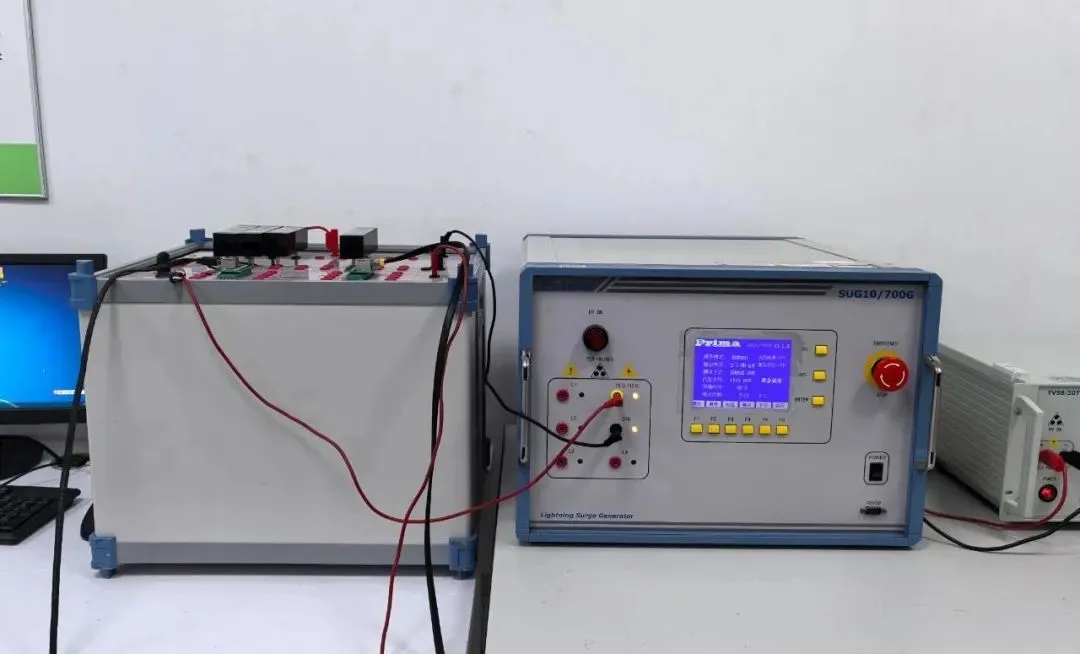 Electric Toy EN 62115 & EN 71 Testing
Electric Toy EN 62115 & EN 71 Testing
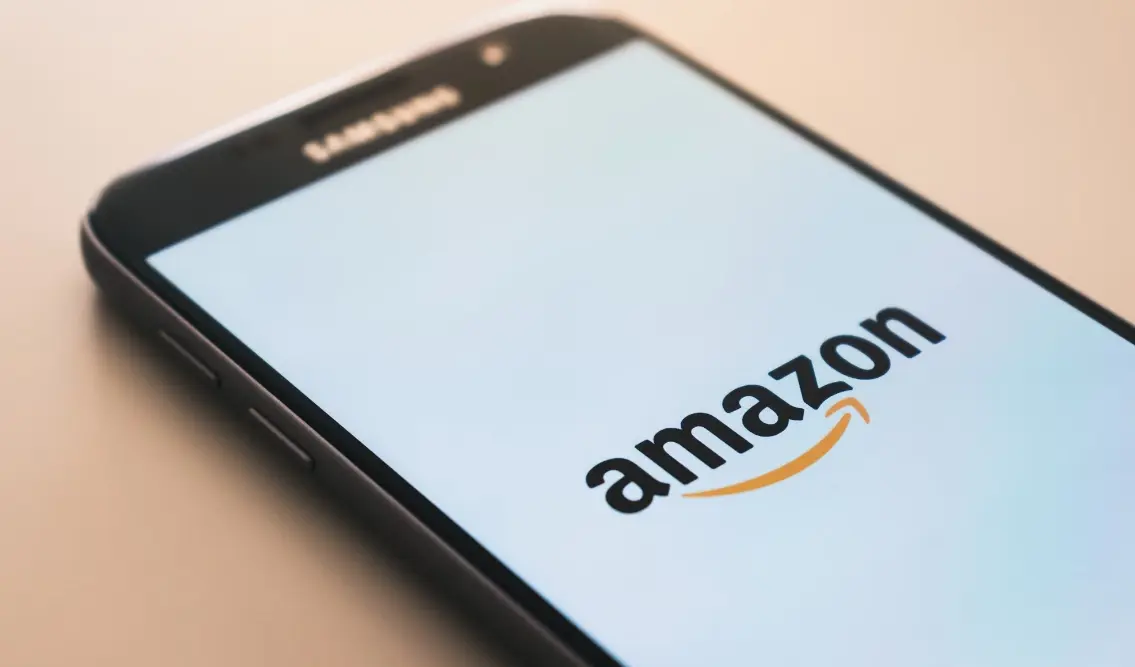 What are ASTM F963 and CPSIA?
What are ASTM F963 and CPSIA?
 Comparison of ASTM F963 and EN 71
Comparison of ASTM F963 and EN 71
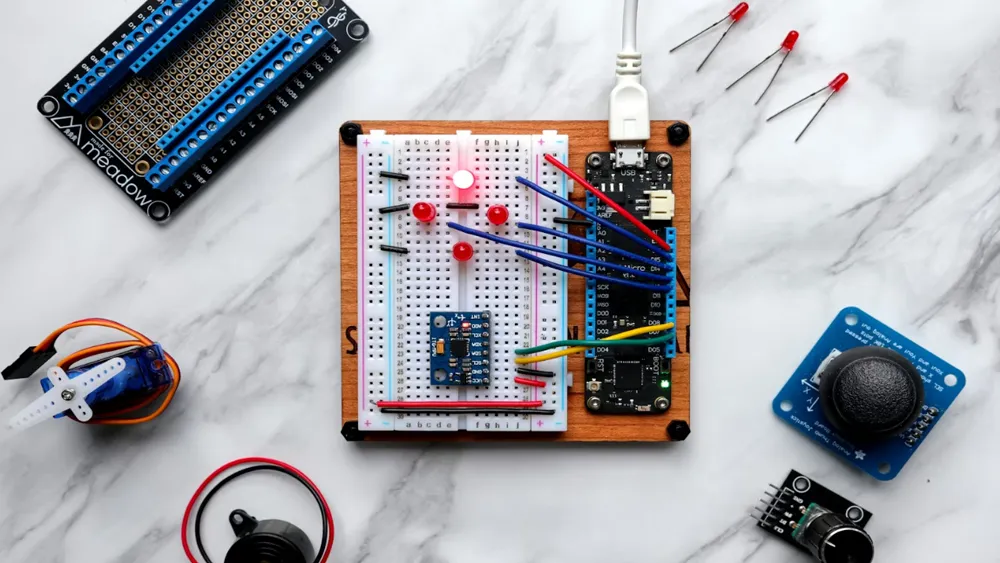 How to get CSA C22.2 NO.256:14 Test Report?
How to get CSA C22.2 NO.256:14 Test Report?
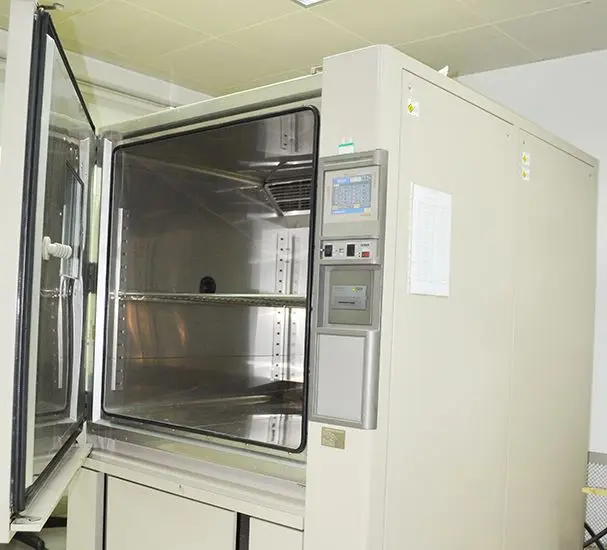 How much is the ISTA Amazon Packaging & Shippi
How much is the ISTA Amazon Packaging & Shippi
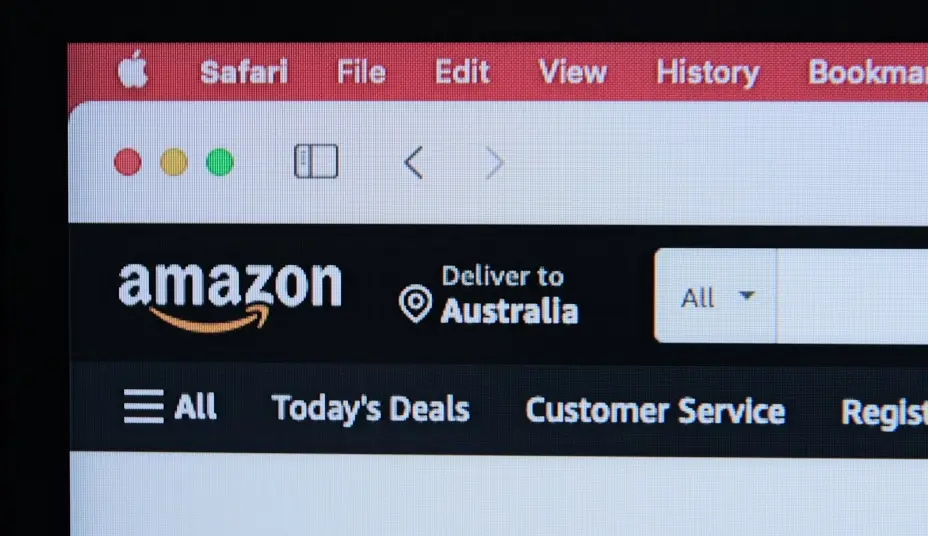 Amazon Product Laboratory Testing Requirements
Amazon Product Laboratory Testing Requirements
 How to Get EPA Certificatio
How to Get EPA Certificatio
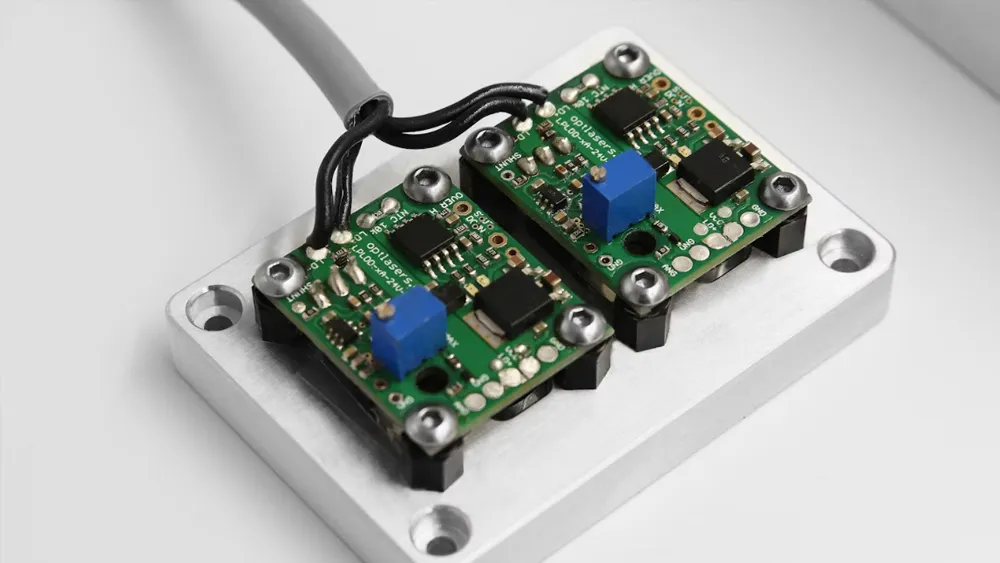 What is EPA Certification in the United States?
What is EPA Certification in the United States?
Leave us a message
24-hour online customer service at any time to respond, so that you worry!




